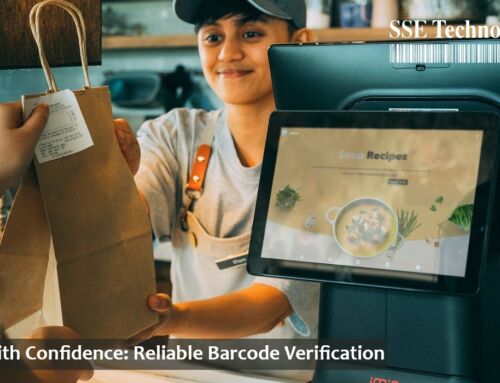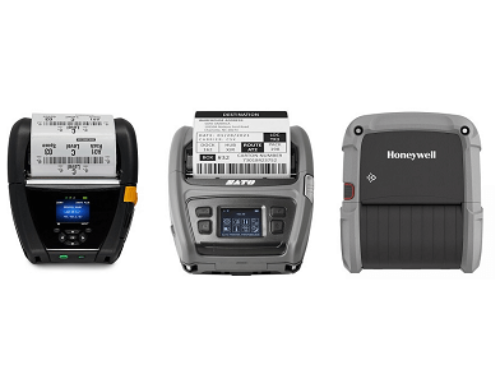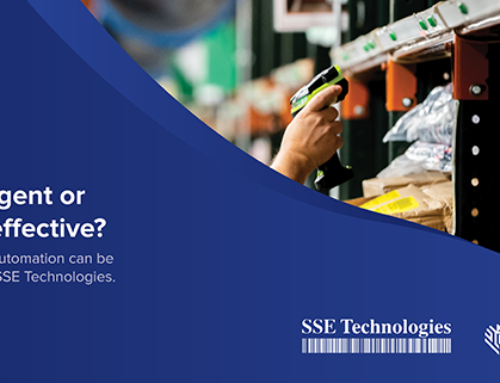Depending on your state regulations, business requirements and your desired level of automation there are a few choices every enterprise has around data-collection, reporting and compliance. Technologies like CANNABIS BARCODES and RFID give you a way to accurately and efficiently comply with reporting requirements but oftentimes overlooked and more importantly, they give you the ability to mind your business and be much more profitable, efficient and adaptable to change, while keeping a real-time handle on your process, inventory, yields, cost per and shrinkage.
In the complex, highly regulated and every shifting business environment of MMJ and Cannabis, Cannabis Barcodes and RFID technologies play a vital role in seed-to-sale traceability and ERP (Enterprise Resource Planning) systems. Cannabis Barcodes and RFID can and are used to track both plants and packages with strain information, facility information, facility license numbers, potency, dosage size, and other identifying markers. They enable cannabis operators to quickly and accurately input data into the system, which can then be tracked along the entirety of the supply chain.
Of the all the states that have legalized medical and/or adult-use cannabis, all currently or will mandate a comprehensive tracking system. State and local regulators require marijuana plants be tracked from seed all the way to sale, to ensure cannabis products are safe to consume, and to prevent any parts make their way to the black market. A reliable tracking system will help commercial cannabis growers, processors, labs, distributors, and retailers stay in compliance with regulations and requirements for product handling and tax reporting. More importantly if implemented correctly they improve efficiency, reduce cost and boost profitability by giving clarity to all steps in the process and enable reporting for business process efficiency.
Barcodes are commonly used in many industries as a method for cutting costs and saving time. A valuable and viable choice for businesses looking to improve efficiency and reduce overhead, barcodes are both cost-effective and very reliable.
- reduces the possibility of human error.
- are inexpensive to design and print.
- can be used for any kind of necessary data collection, from essential information about the product to the movement of products through the supply chain.
- provide accurate data quickly, enabling better reporting and decision making.
RFID, or Radio Frequency Identification provides a more intelligent method of capturing data by using low-power radio frequency technology. An RFID system can read the information on a tag without requiring line of sight, without a particular orientation or from short read distances.
- tags can be read from a distance without having to touch or disturb a plant.
- can read multiple tags simultaneously increasing speeds 10 to 15 times faster than bar-code.
- tags are durable against impact and environmental factors like soil.
- can locate tags making is easier and quicker to find misplaced items.
- improves and simplifies reporting and compliance processes.
While using RFID technology is more efficient than scanning barcodes it is also more expensive. Both barcode and RFID technologies create strong chain of custody and can be integrated into track-and-trace systems. Which is better? It depends. Only after evaluating all of the factors, the benefits and the costs will you find the best solution for your particular situation.







